How much devastation can one fire really cause? A baker discovered the answer to that when a fire originating from his bakery led to the destruction of a third of London, altering the city’s course of history. Also, why did the military contract artists, designers, and illusionists during the Second World War? The larger-than-life operation that involved creating an entire phantom army to mislead the Germans is the answer to that.
History is full of moments that will change the way you look at the world. From the world’s first joke to the biggest volcanic eruption ever recorded, we’ve gathered some parts of history that most people don’t know.
Here are 25 interesting History facts!

The Ancient Greeks competed in the Olympics naked
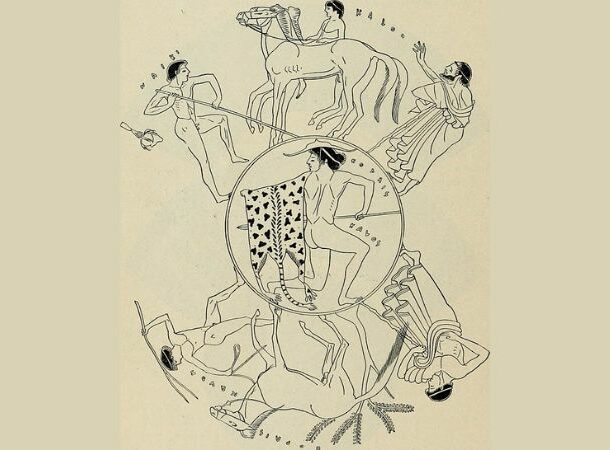
Olympians these days have state of the art equipment, and clothing, and are often sponsored by the biggest sports brands in the world. But that wasn’t always the case. When the Olympics started way back in the 8th Century of Ancient Greece, there was a very different dress code — actually, there wasn’t a dress code at all.
Olympians back then completed entirely naked, which included all events, from running and discus to horse racing and wrestling. Naked wrestling? I think there’s a different name for that, and it’s not a sport!
The world's oldest recipe is for beer

If you ever thought there was just something instinctive about having a beer, you might be right. During an archeological dig, the oldest recipe ever was found carved into a tablet dating back to 4000 BCE.
And what was the recipe for? Beer! It originates from the Sumerians, who referred to beer as the “divine drink.” In fact, the Sumerians even had a goddess dedicated entirely to brewing.
Ancient Romans used urine to clean their clothes

The Romans had much stranger practices than the naked Olympics. In a time millenia before cleaning products or detergent, they would use their urine. They found this to be effective for cleaning leather and wool by soaking it in a simple water and urine solution. But that wasn’t all. They also used urine to disinfect cuts, for skin diseases, and even as a mouthwash.
It turns out, they may have known what they were doing. Urine ammonia is a very powerful cleaning agent that you can use in your washing machine. The jury is still out on the effects of ammonia as a mouthwash, but I think I’ll give that one a miss anyway!
How the Great Fire of London started

Ever accidentally left the stove on? Once you realize it, you race back to shut it off. Hopefully, it hasn’t burned anything. On occasion, this is how houses get destroyed. But imagine waking up to learn that you were responsible for burning down an entire city. On September the 2nd, 1666, that’s exactly what happened in London.
In a bakery on Pudding Lane, the owner, a man named Thomas Farriner, woke up to the smell of smoke coming from his downstairs shop. He was able to escape, however, this was only the beginning. The fire soon spread throughout the city, ripping through about 436 acres, or 400 American football fields. About one-third of the population lost their homes in the fire.
In the end, it wasn’t even Thomas Farriner who was blamed, but instead a Frenchman named Robert Hubert, who strangely confessed to starting the fire despite having an alibi. After the fire, London was rebuilt to reduce fire risks and buildings were only allowed to be built with brick or stone.
The world's first postage stamp was issued in 1840
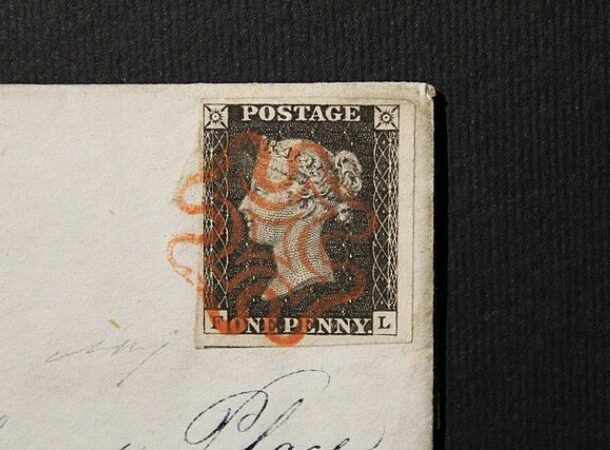
Stamp collecting is a painstaking and apparently addictive hobby. But even the most die-hard collectors are unlikely to have the Penny Black that was issued way back in 1840.
It had an image of Queen Victoria, the first stick-on stamp that allowed for prepayment of one penny. Before then, it was normally the receiver who paid the cost of postage. When the Penny Black was introduced, it became a hit with the public, who found it much simpler to send letters at a flat rate, paying in advance.
The first recorded use of the number zero dates to ancient Mesopotamia

Believe it or not, the number zero was a revolution in mathematics. Actually representing “nothing” in numerical form was something that hadn’t occurred to anyone for thousands of years.
That was until at least 3000 BC, in Mesopotamia where the first recorded use of it is found. While it took thousands more years for mathematicians to harness the true power of zero and form the basis of modern physics, engineering, and medicine, it was in Mesopotamia that the germ of the idea first began.
The first successful human heart transplant was performed in 1967

There aren’t many things it’s more difficult to imagine living without than a heart. It’s the motor that pumps blood throughout your body, allowing oxygen and nutrients to reach your entire body. That’s why a heart transplant was considered almost impossible and had been tried without success since the early 20th century. That was until 1967 when a surgeon in South Africa named Christiaan Barnard achieved it.
After a woman was hit by a car and was put on life support, her father gave the hospital permission to donate her heart, which was given to a man suffering from heart disease. The transplant was a success and Washkansky lived for 18 days after the operation before dying from pneumonia.
The Code of Hammurabi

Originating in the First Dynasty of Babylon, the code of Hammurabi is the oldest long-form text known to man. It is a legal document that establishes precedents and includes severe punishments like the cutting off of a tongue.
Just like modern law, it covers a range of different situations, from business to family. What’s remarkable is that this document dates back to around 1750 BC — more than 3000 years ago. The punishments might not be as cruel anymore, but the basics haven’t changed much. If that surprises you, just wait until number 13, where we learn about the first ever recorded joke.
The Great Emu War
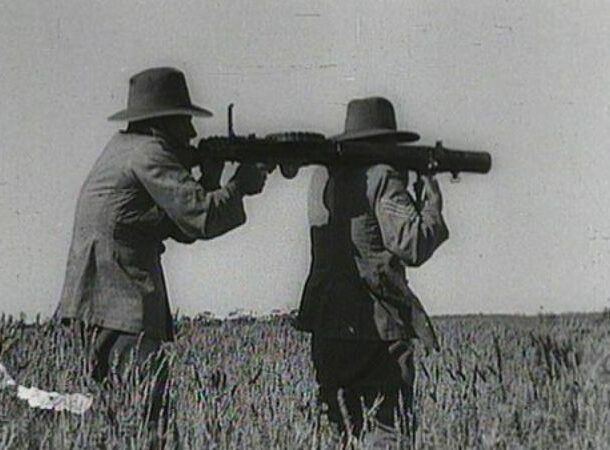
Who would win: an army of Royal Australian Artillery soldiers — or thousands of emus? Funnily enough, it was the emus. The war was an effort to cull the population of emus that were destroying crops in Western Australia. Many parcels of farmland had been given to veterans of World War 1 and when they were faced with an infestation of around 20,000 emus, action was taken by the government.
In 1932, they sent in Major Gwynydd Meredith, who gave two soldiers 10,000 rounds of ammunition and equipped them with light machine guns. However, the emus proved to be difficult to catch and after six days, the soldiers had only killed around 50 emus. A second attempt was more successful before the war was officially concluded after one month. In total, an estimated 986 emus had been killed, nowhere near enough to affect the large population.
Dancing Plague of 1518

In Strasbourg, Alsace, something strange happened during the summer of 1518. Out of nowhere, people in the town began dancing in the street. By one account, up to 400 people were dancing constantly, for days or even weeks at a time.
People were dancing for so long that there were deaths from heart failure. Medical theories range from food poisoning with a hallucinogenic chemical to a mass hysteria.
Thomas Edison's failed invention
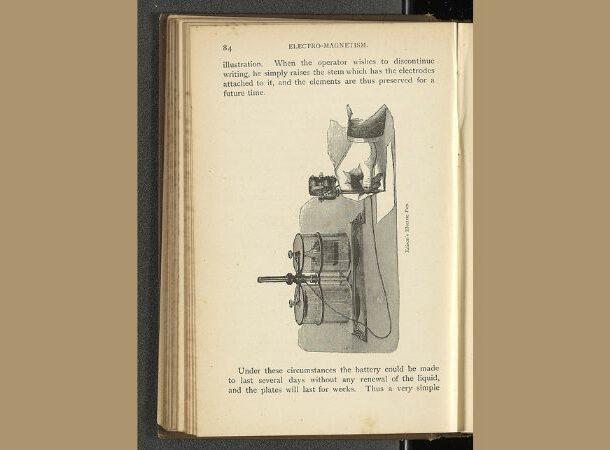
Thomas Edison is remembered for his great successes, but behind his popular inventions was a mountain of failures. One of those was the electric pen, a battery-powered writing tool that worked by cutting tiny holes into paper and then printing a kind of stencil onto a layer underneath.
The advantage was to make many copies of a document at the same time. It was picked up by a few users, most notably the author of Alice in Wonderland, Lewis Carrol. However, it failed because it was up against a much more effective invention — the typewriter.
Ancient Egyptian pregnancy tests

How did women in ancient Egypt know they were pregnant? They would urinate into a bag filled with barley and then a bag full of wheat. According to the theory, after doing that, the woman would need to wait to see if either of them spouted.
If they did, it meant she was pregnant. Surprisingly, when scientists recreated this in an experiment, they found that it was around 70% accurate. The reason is likely because high amounts of estrogen can help with the growing of seeds. How did the Ancient Egyptians know this? That’s a real mystery.
First recorded joke

“Something which has never occurred since time immemorial, a young woman did not fart in her husband’s lap.” That might not be the funniest joke ever made, but it is so far the oldest one we have evidence of.
It comes from the Sumerians from almost 4 millennia ago and surprisingly, it’s not too different from some of the comedies we have today. I’m not sure whether that’s a good thing or not.
Marie Curie's radioactive cookbook
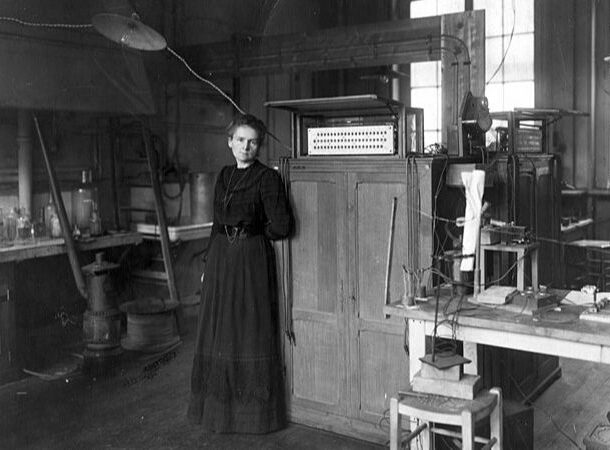
Marie Curie’s life reads like a movie. She broke down stereotypes against women by winning the Nobel Prize not once but twice, both for her contributions to the field of radioactivity. Along with her husband Pierre Curie, Marie was nothing short of obsessed, even carrying jars of radium in her pocket to and from the office. But this research came at a great cost.
Pierre died without warning in 1906 and Marie in 1934, had developed aplastic anemia, a condition that has a death rate of around 70% within a year of contracting it. It was caused by the radiation and in fact, after her death, her body still had such high levels of radioactivity that she was buried in a lead-lined coffin. Her possessions are kept in similar boxes, including her cookbook.
Pirates and eye patches

Why are pirates always shown with a single eye patch? Most of us assume that it’s because of a battle injury or maybe to hide a glass eye. While that may be the case in films, there is another plausible theory for them, and it makes a whole lot more sense. Usually attacking unsuspecting ships in the dead of night, pirates had to adjust their vision to darkness in an instant.
Apparently, wearing an eye patch was a way of “tricking” their vision to adjust faster. It turns out that this could have worked. Your eye produces chemicals that help to use much fainter light than normal, which can take up to 30 minutes to kick in. By keeping an eye patch on, those chemicals are still being produced by the eye.
The first computer bug
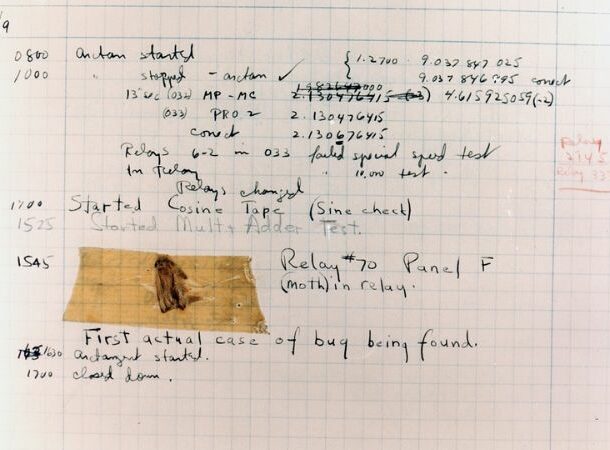
I can guarantee you’ve never had this kind of computer bug before. And that’s because it had nothing to do with software. In 1947, when a group of Harvard computer scientists opened up their computer to see why it wasn’t functioning properly, they found a bug, a real one.
Inside was a moth that had somehow made its way into the electrical components of the computer causing all kinds of problems. The team was so amused that they stuck the moth to their notes, captioned with the words: “first actual case of bug being found.”
The fake Paris

During the aerial campaign of World War 1, France was being bombed from above for the first time. The nation’s capital, Paris, felt particularly vulnerable. And with a population of 2.7 million people, the French were desperate to divert attention away from the iconic city. One of the more outrageous methods of doing this was proposed by a man named Fernand Jacopozzi. His idea was to build a “decoy Paris” that might fool some German pilots into bombing an empty city.
Before the days of GPS, this had the potential to save lives. 15 miles out of the real Paris, streets, empty structures, street lights, and imitations of iconic architecture like the Arc de Triomphe were constructed. Only one zone was completed and it’s not clear how effective it was, but it shows how desperate the military was to avoid casualties.
The Renaissance printing press

The biggest revolution in information before the internet was the printing press. Johannes Gutenberg was the man who invented the device in the mid 15th century. With Gutenberg’s machine, oil-based ink was applied onto easily arrangeable metal letter molds before a piece of paper was pressed down to imprint it.
Even though it still required heavy labor, it made the procedure mechanical, efficient, and much cheaper, allowing for the mass production of books and pamphlets for the public. This was a major factor in the reformation and changing beliefs during the Renaissance. Coming up in our top five: the Roman wall in London still visible today, why American pilots were fighting for the Chinese, and how the army used artists and magicians during World War 2.
The magnificent Habsburgs

The Hapsburg family held power in Europe for almost 800 years. That spell included ruling Germany through Frederick IV, who also became the Holy Roman emperor, a position the family held until 1835. They can be described as the most effective dynasty in European — or maybe even world — history.
Eventually, generations of marrying into the family to retain power had a noticeable genetic effect. 80% of the family’s children died between 1527 and 1661, leading the male bloodline to finally die out in 1740 and signal the end of their power over the following two centuries.
The tale of Genji
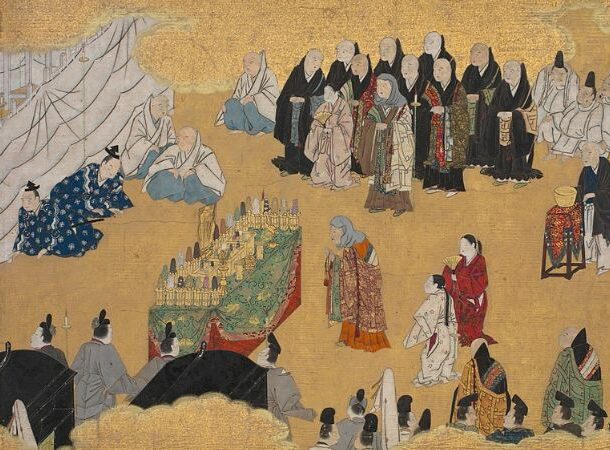
Millions of novels are produced every year, just have a look at the airport bookshop. But these all stem back to ancient Kyoto in 1010 when an author named Murasaki Shikibu wrote the oldest novel ever recorded.
The book takes the reader into the world of the elite Japanese society of the time through the eyes of a man named Genji, exploring his relationship with the women in his life including his mother, his girlfriends, and an arranged marriage. It has been called a “monumental work of literature” and continues to be popular today.
The Roman foundation
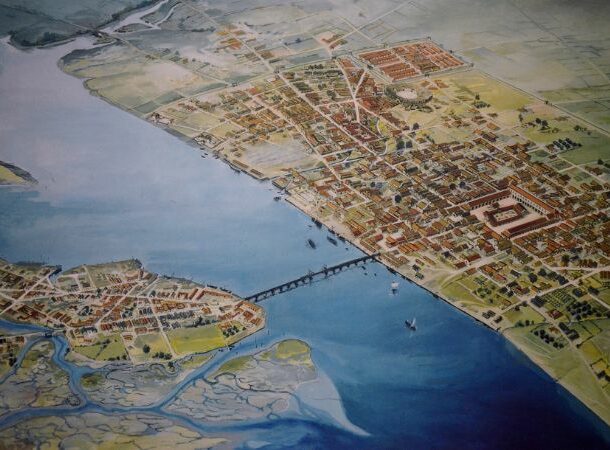
The Roman Empire ruled over Britain for more than 350 years, beginning in 43 AD. After arriving, they created a settlement they named Londinium, well-placed next to the Thames River. This is what we know now as London and even back then, it didn’t take long to transform into a hub of business and transport. In 200 AD, the Romans built a large wall to encircle the city, towering more than 6 meters high.
The Romans left Britain at the beginning of the 5th century and the wall around London has slowly degraded or been destroyed, though parts of it are still visible today.
The Flying Tigers

It might be hard to imagine now, but once upon a time, during World War 2, American pilots were flying in Chinese planes, fighting to defend the country. They were part of a team named the American Volunteer Group, better known by their nickname, the Flying Tigers.
This group was deployed against the Japanese air force, who the Chinese were technologically and skillfully no match for. They were hired as mercenaries because it was in 1941 before America had officially joined the conflict. When the Japanese hit Pearl Harbour, this group was sent into action and immediately proved to be up to the task of taking on the Japanese. This was in some ways the first victory for America in the war.
Ghost army
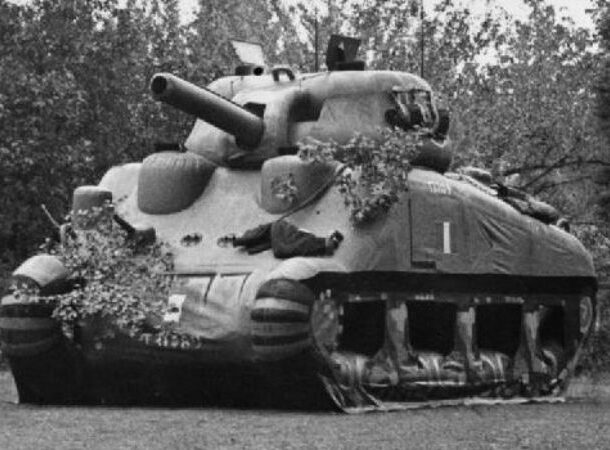
What’s better than the element of surprise? How about invisibility? During World War 2, military forces were willing to try anything and anything that might give them an advantage. One tactic, employed by the Americans, was to construct full-scaled, believable decoy armies.
They painted large inflatable objects that were made to look the same as real tanks and equipment. Together with fabricated radio talk and blasting sound through high-powered speakers, it was enough to create a “ghost army” and trick the enemy into either over-estimating or misreading American forces. The team of more than 1000 artists and designers who created the elaborate models were rewarded with civilian honors for their contributions.
The war magician
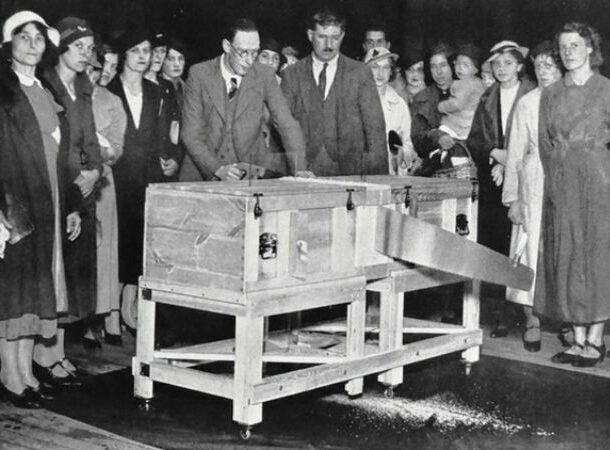
Just like the ghost army of the Americans, the British had some tricks up their sleeves. One of them was a magician named Jasper Maskelyne, who from his profession had become an expert at camouflaging things.
He was appointed to the head of the “Camouflage Experimental Section.” Together with his team, they used painted wooden blocks that would make a tank appear like a truck from above. Maskelyne was also used to consult soldiers on what to do if they were caught by the enemy, equipping them with fake card packets containing maps and combs
The year without summer

When Mount Tambora in Indonesia erupted in 1815, it was the biggest eruption in human history. This shot 36 cubic miles of rock and ash straight into the atmosphere, filling it with sulfur. It was so big that it blocked out sunlight enough to drop the average temperature on the planet by one degree Celsius.
There was less rainfall, triggering crop failure and a starvation event that killed at least one million people. All over the world, the sky remained hazy and dark for years afterward. There were no cameras back then, but paintings made during that time give us a good idea of how haunting it must have been.



























